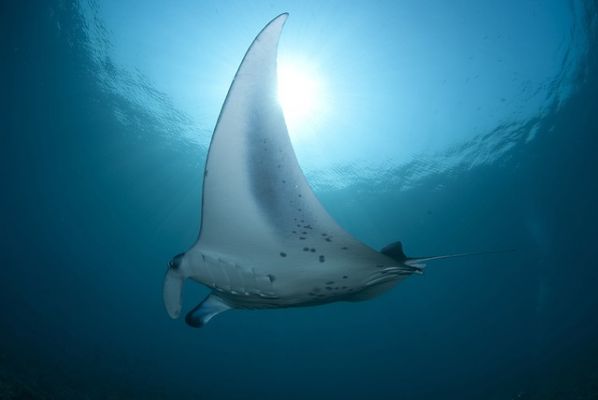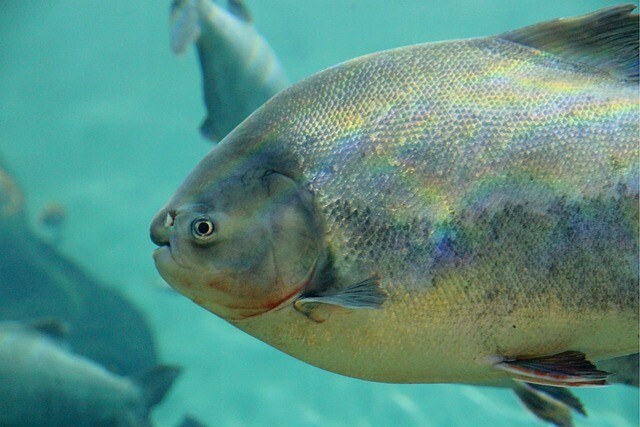Such a filter should be in the aquariums
Marine life is mystical, and this is mainly because the animals there are very different from the land, and only a few percent of the species living there are known.
The mystery of the sea depth is tempting, and if you don't have to go deep into the depths, most animals are known to us. Fish, polyps, crabs, and rays can also be found. The biggest of the rays is the devil's horn, that is manta, which, although it grows enormously, is a pious animal that is harmless to humans as it feeds on plankton. With its special filtering device in the hopper, it filters out the tiny crabs, sometimes the fish. It works like an aquarium filter.
Yet, but the aquarium equipment is removed, washed, disinfected, and then recycled, but much more efficiently, when cleaning the pool. How do genders clean their own filter? It is precisely the function of what does not need to be in the stomach of the manta that it is captured by the filter.
The "filter" of his devil is similar to a fence made of slats that are inclined relative to each other and there are small gaps between them. The water flowing into the manta's mouth, and the food contained therein, come into tiny vortexes, which are created by the slats, and the larger solids are placed on the filter top. The filter is therefore not blocked because it is not possible, as it does not contain any material that could clog. Crabs and small fish that pass through the gaps serve as food for the rays.

How good would such a filtering device be in our aquarium.
The equipment works very well, but unfortunately these "flying" animals in the majestic water are not protected from the microplastics particles that get into the stomachs of the mantles through the filters. However, manta filtering techniques may be the basis for building a new system instead of classic filters.
For more details, please visit our Facebook page!
Pixabay.com (Images are illustrations)






















